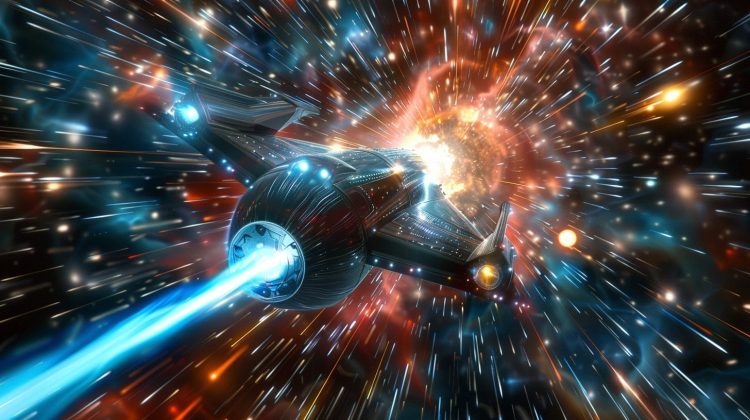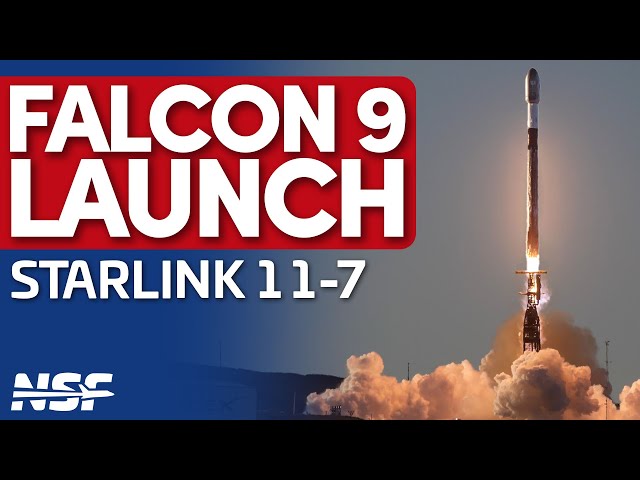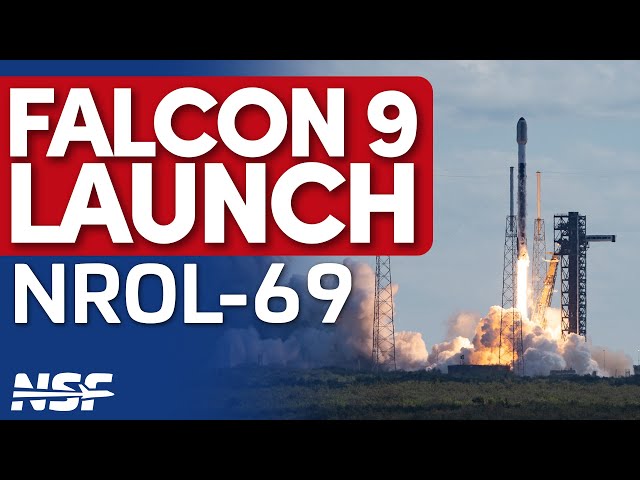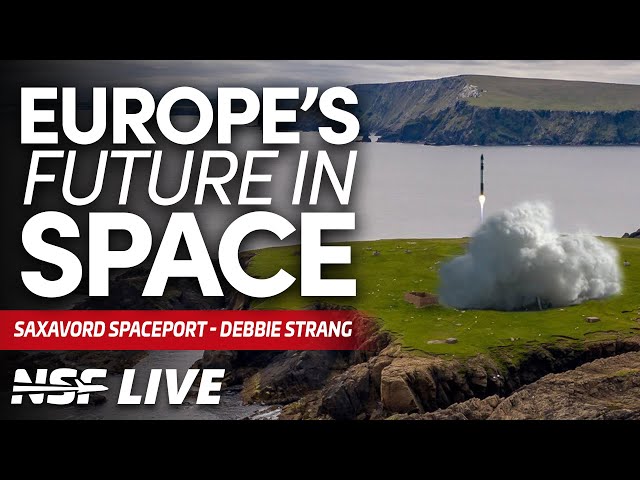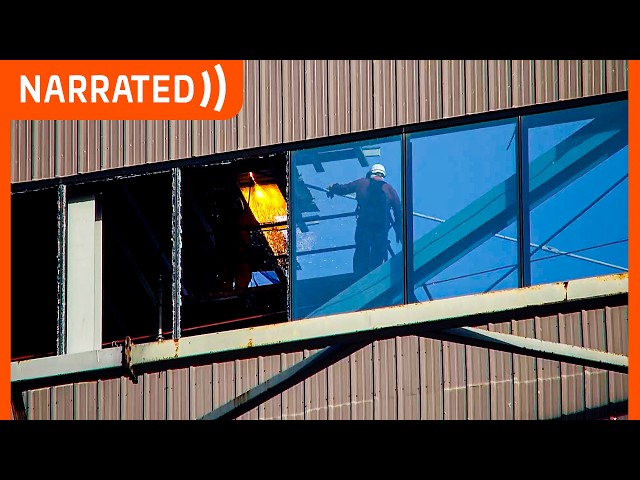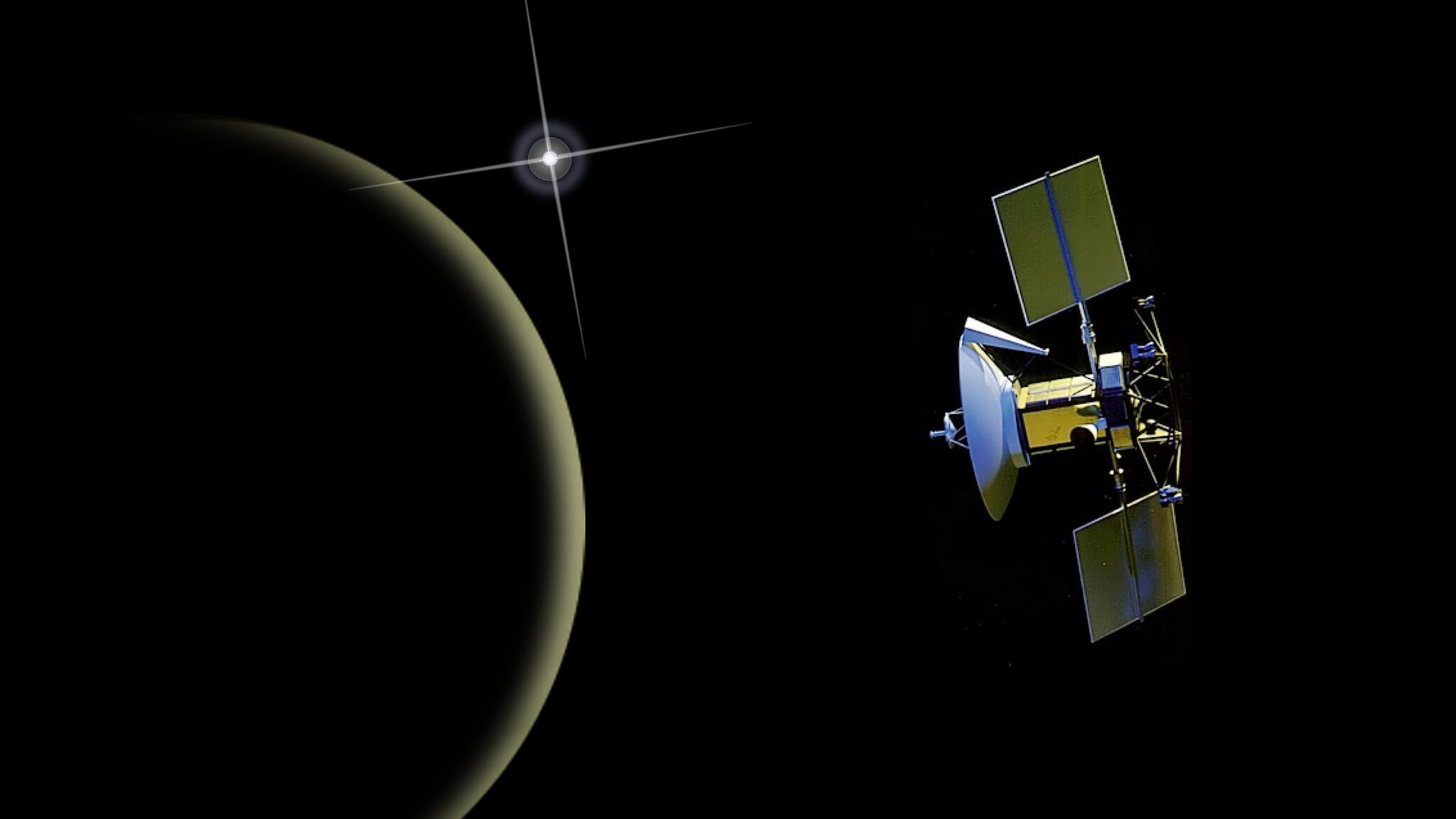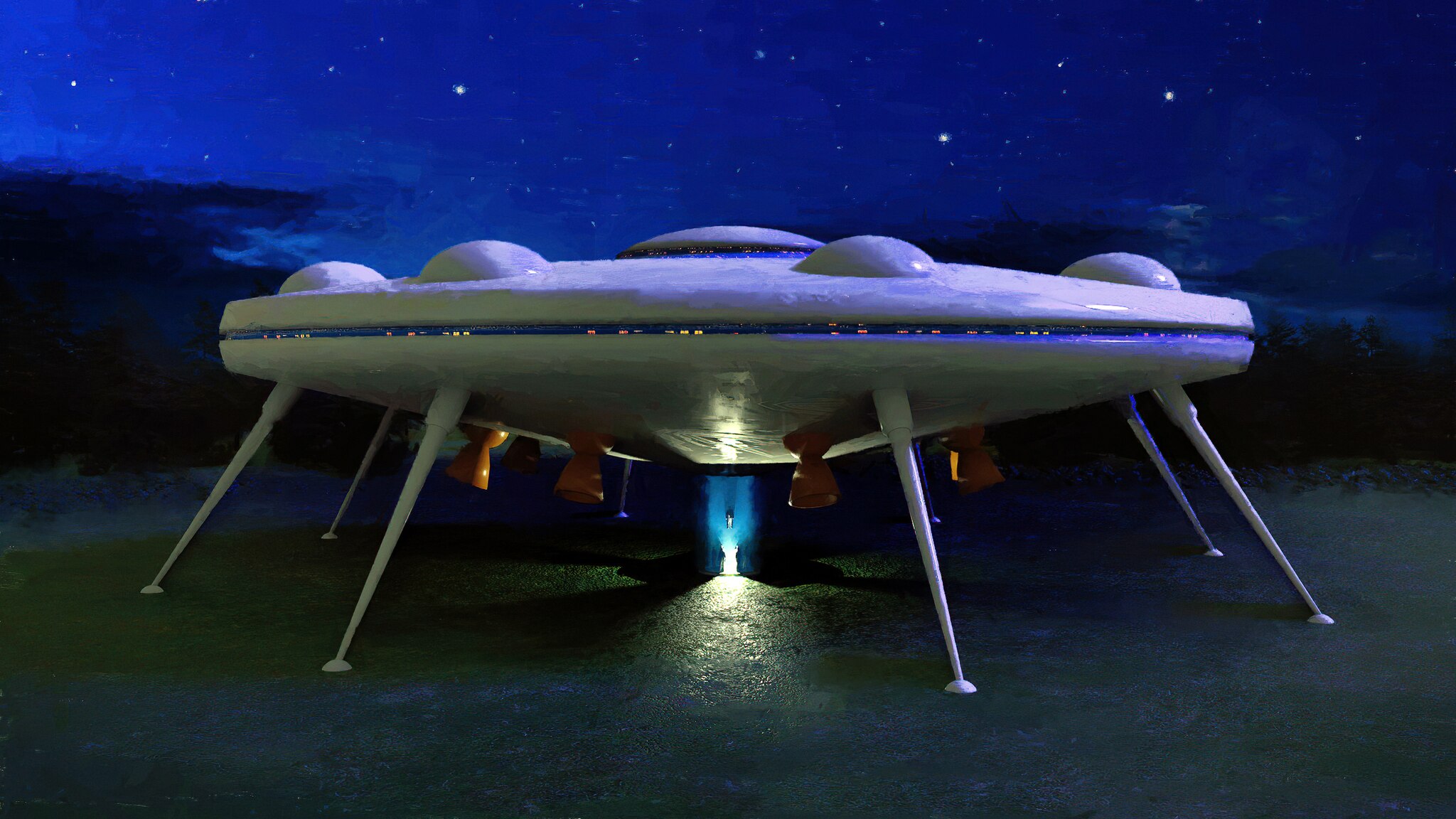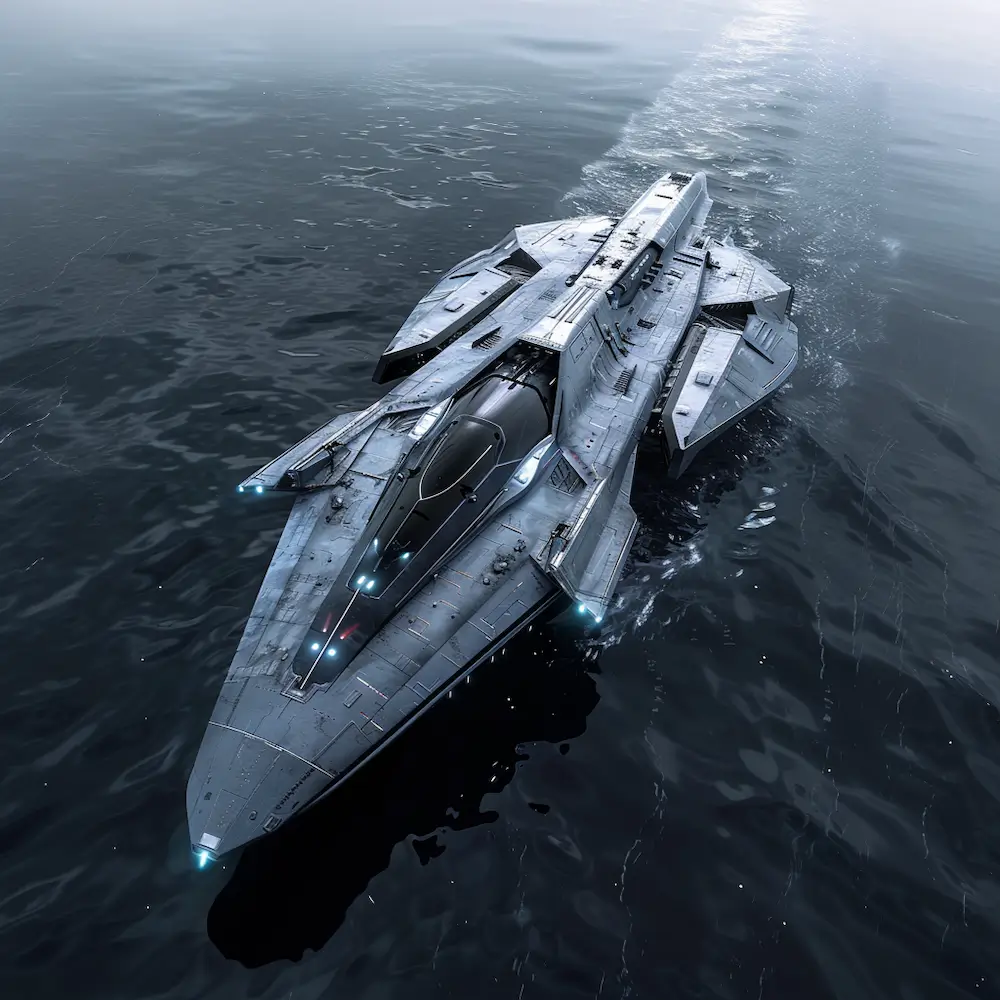Introduction
As humans continue to explore the vast depths of the universe, the concept of faster-than-light (FTL) travel has always fascinated our imaginations. The ability to travel faster than the speed of light, a fundamental limit according to Einstein’s theory of relativity, would revolutionize space exploration and open up new frontiers for humanity. But is FTL travel just a figment of science fiction, or is there a possibility that we can achieve it in the future? In this article, we will delve into the current understanding of FTL travel and explore the potential for its realization.
The Limitations of Light Speed
Before we delve into the possibility of FTL travel, it is important to understand why light speed is considered a universal speed limit. According to Einstein’s theory of relativity, the speed of light in a vacuum, denoted by ‘c’, is the maximum speed at which information or matter can travel through space.
As an object with mass approaches the speed of light, its energy increases exponentially, requiring an infinite amount of energy to reach or exceed the speed of light. This concept, known as the relativistic mass increase, poses a significant challenge for achieving FTL travel.
Theories and Concepts
Despite the limitations imposed by relativity, scientists and engineers have proposed various theories and concepts that could potentially allow for FTL travel. One such concept is the Alcubierre drive, named after theoretical physicist Miguel Alcubierre. The Alcubierre drive theorizes the possibility of manipulating spacetime to create a warp bubble, effectively contracting space in front of the spacecraft and expanding it behind. By doing so, the spacecraft could traverse vast distances in a relatively short amount of time.
However, there are significant challenges associated with the Alcubierre drive. The concept requires exotic matter with negative energy density, which has not been observed or proven to exist. Additionally, creating a stable warp bubble and controlling its motion would require immense amounts of energy and advanced technology beyond our current capabilities.
Another proposed concept for FTL travel is the wormhole. A wormhole is a theoretical shortcut through spacetime that connects two distant points in the universe. By traversing through a wormhole, it would be possible to travel between these points faster than the speed of light. However, the creation and stabilization of wormholes remain purely theoretical and would require the existence of exotic matter with negative energy density.
The Challenges Ahead
While the theoretical concepts of the Alcubierre drive and wormholes provide potential avenues for FTL travel, there are numerous challenges that must be overcome:
- Energy Requirements: Achieving faster-than-light speeds would require enormous amounts of energy, far beyond anything currently available or conceivable. Developing advanced propulsion systems and energy sources capable of generating such power poses significant technical and engineering challenges.
- Exotic Matter: Many theoretical concepts for FTL travel rely on the existence of exotic matter with negative energy density. However, the existence of such matter has not been confirmed, and its properties and behaviors are still largely unknown.
- Stability and Control: Even if the necessary energy and exotic matter were available, maintaining stable and controllable conditions for FTL travel would be an immense challenge. The potential dangers of destabilizing spacetime or causing catastrophic effects during travel must be carefully studied and understood.
The Final Verdict
As of now, the possibility of achieving FTL travel remains highly speculative, and our current understanding of physics presents significant obstacles. While theories and concepts exist, we have yet to discover the necessary breakthroughs or technologies to make it a reality. However, scientific exploration and technological advancements continue to push the boundaries of human knowledge, and who knows what the future holds? Perhaps one day, we will find a way to overcome the limitations of light speed and unlock the secrets of FTL travel.
Conclusion
Faster-than-light travel has captured the imagination of generations, fueling countless science fiction stories and inspiring the dreams of aspiring space explorers. While achieving FTL travel remains a daunting challenge, the scientific community continues to explore theoretical concepts and push the boundaries of our understanding. Whether we will ever achieve FTL travel in the future is uncertain, but the pursuit of knowledge and exploration will undoubtedly lead to remarkable discoveries along the way.
